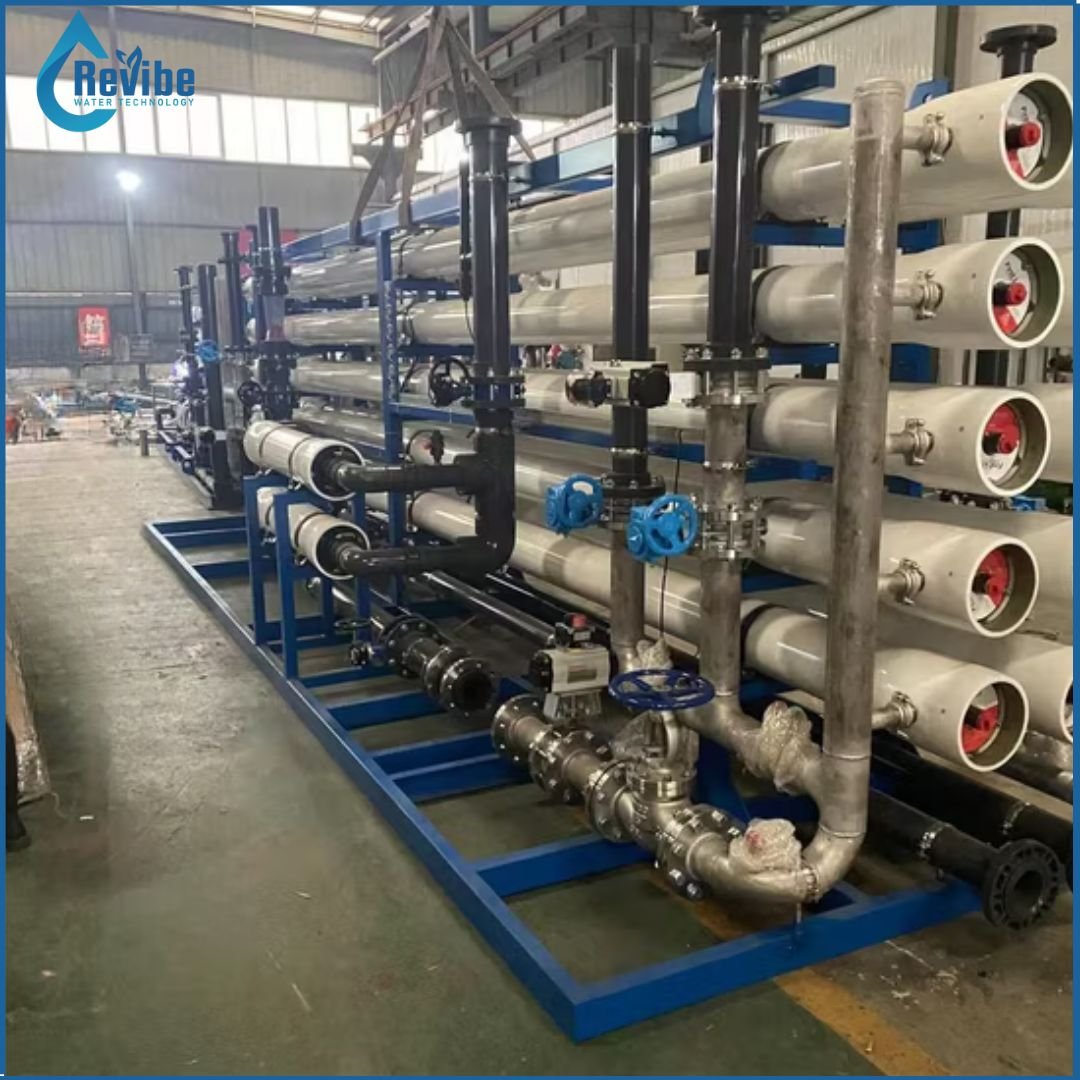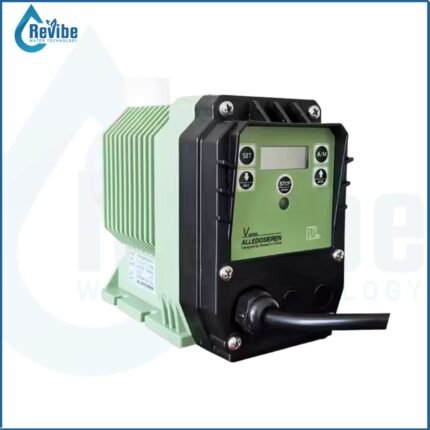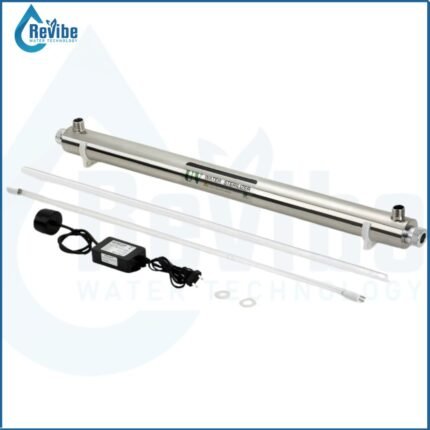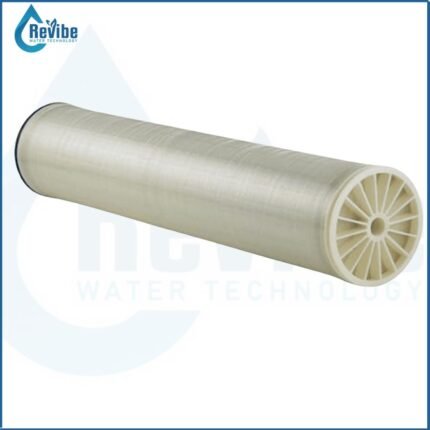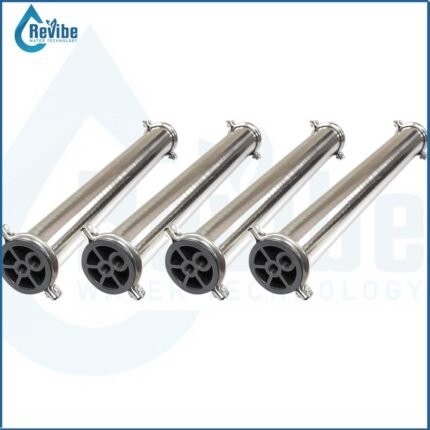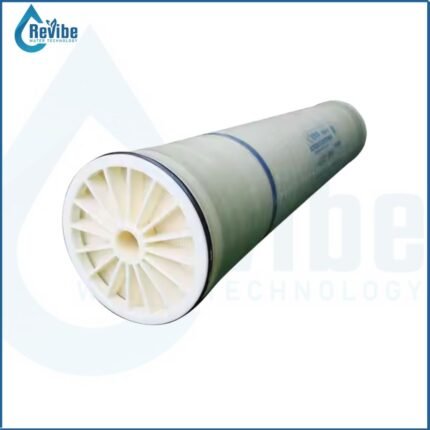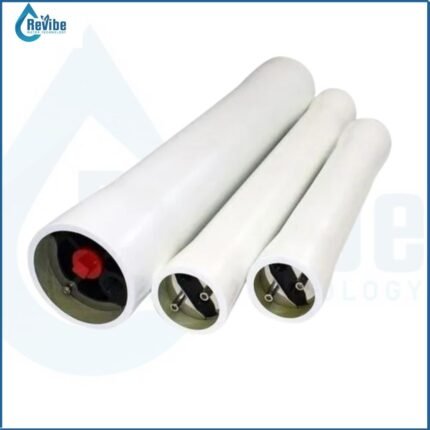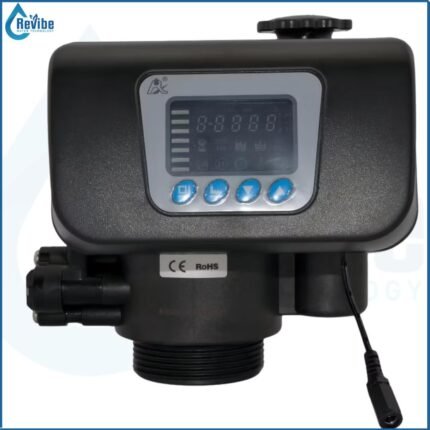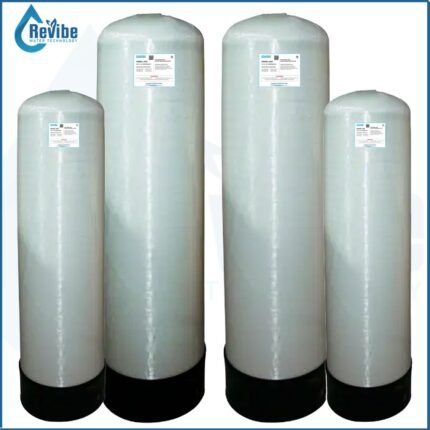Description
A reverse osmosis (RO) plant is a type of water treatment facility that uses a semi-permeable membrane to remove dissolved salts, minerals, and other impurities from water, producing purified water. RO plants are used for various applications, including drinking water production, industrial wastewater treatment, and seawater desalination.
Here’s a breakdown of the key aspects of an RO plant:
- Principle of Operation:
- Reverse Osmosis:
The core process involves applying pressure to force water molecules through a semi-permeable membrane, leaving behind contaminants. - Membrane:
The membrane acts as a filter, allowing water molecules to pass through while blocking larger molecules and ions. - Pressure:
High pressure is essential for the process, as it overcomes the natural osmotic pressure that would otherwise draw water towards the more concentrated solution.
- Key Components:
- Pre-treatment System:
Filters to remove suspended solids, chlorine, and other substances that could damage the RO membrane. - High-Pressure Pump:
Increases the pressure of the water to facilitate the RO process. - RO Membrane Module:
Contains the semi-permeable membrane and separates the purified water from the concentrated brine. - Post-treatment System:
May include remineralization or disinfection, depending on the desired water quality. - Control System:
Monitors and controls the operation of the plant, including flow rates, pressure, and water quality parameters.
- Applications:
- Drinking Water:
RO plants are widely used to produce safe and palatable drinking water, especially in areas with limited access to fresh water or high levels of dissolved solids. - Industrial Processes:
RO is used to purify water for various industrial applications, such as power generation, food and beverage processing, and pharmaceuticals. - Desalination:
RO is a crucial technology for converting seawater into freshwater, making it a vital solution for water-scarce regions.
- Advantages of RO Plants:
- High Purity:
RO membranes can remove a wide range of contaminants, including dissolved salts, heavy metals, bacteria, and viruses. - Cost-Effective:
RO systems can be more cost-effective than other water purification methods, especially for large-scale applications. - Versatile:
RO technology can be applied to various water sources and purification needs. - Environmentally Friendly:
RO systems can be designed to minimize waste and energy consumption, with advancements in waste management and energy recovery.
- Considerations:
- Energy Consumption: RO plants require energy to operate the high-pressure pumps.
- Waste Disposal: The concentrated brine produced by RO plants needs to be disposed of properly.
Membrane Fouling: RO membranes can be susceptible to fouling, which can reduce their performance and lifespan

